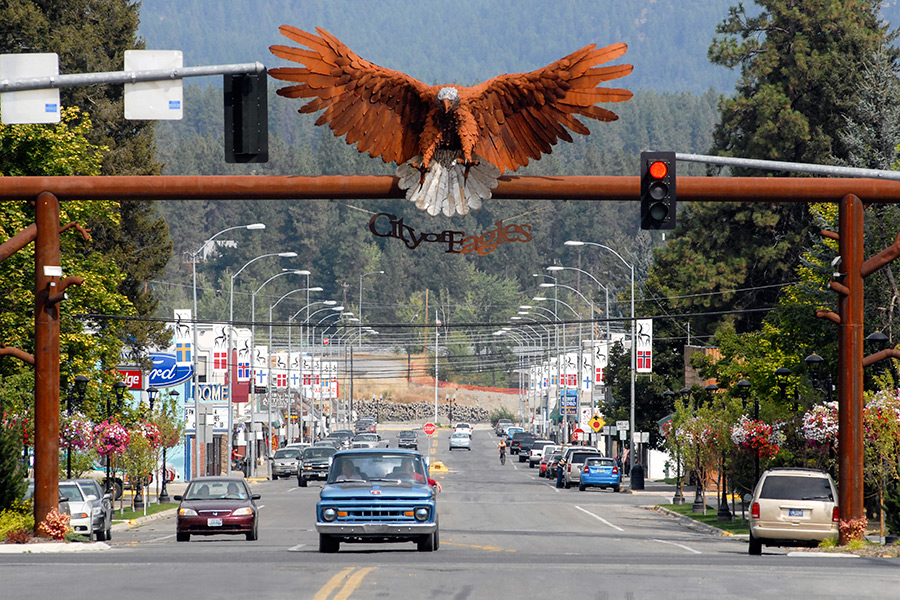More than 1,000 victims of asbestos-related disease have reached a $25 million settlement over claims that Montana health officials failed to warn Libby miners about the hazards of a contaminated vermiculite mine, according to court documents obtained by the Beacon.
Hundreds of people have been killed and thousands sickened following decades of exposure to asbestos from the now-shuttered W.R. Grace and Co. mine in Libby.
The settlement stems from nearly 100 lawsuits, each of which involved multiple claimants, brought against Montana agencies for failing to protect victims in Libby. The state claimed in its defense that it had no legal obligation to provide warning of the mine’s dangers.
On Wednesday in Cascade County District Court, attorneys with the Kalispell law firm McGarvey, Heberling, Sullivan and Lacey, along with the Great Falls firm of Lewis, Slovak, Kovacich and Snipes, reached separate but parallel agreements with the state, resolving the individual lawsuits.
An attorney representing the state in the cases did not immediately return the Beacon’s phone call or email request for comment.
The Kalispell firm represented 826 claimants, while the Great Falls firm represented more than 200.
A judicial order, signed by Cascade County District Judge John Kutzman, resolved the claims against the state on behalf of miners, their family members and members of the community that had been diagnosed with asbestos-related disease.
In the face of the lawsuits, the state first claimed that none of its agencies had a legal obligation to provide warnings of the mine’s dangers, and lower court rulings concurred.
However, in 2004, the Montana Supreme Court said the state should have warned miners about hazards first identified by state officials in Libby in the 1950s.
Attorneys for the state and victims have since been negotiating terms of a monetary settlement under which state agencies would be released from future liability.
Those negotiations stem from multiple lawsuits brought against the state asserting it failed to protect victims in Libby.
Attorney Mark Kovacich confirmed the settlement.
The Libby mine closed in 1999, and nearly $600 million has been spent on the largest, longest-running asbestos cleanup project in American history and is just now wrapping up. The Environmental Protection Agency has investigated or cleaned more than 7,100 properties and is slated to finish another 700 before completion.
Health officials have estimated the mines killed more than 400 Libby residents and sickened roughly 3,000.
W.R. Grace and Co. escaped most liability when it filed for bankruptcy after the extent of contamination was revealed.
While many former employees have developed asbestosis as a result of their direct exposure to the mine, their family members also suffer, since the tiny asbestos fibers were brought home on workers’ clothing.
Exposure to asbestos can lead to lung cancer, asbestosis and mesothelioma, a disease that causes scarring of the lungs. The latency period between exposure and diagnosis can span 20 to 50 years.
The 2004 Montana Supreme Court Case, Orr v. State of Montana, was pivotal in defining the duty of the state to Libby miners, their family and the community.
In 2011, a Montana judge approved a $43 million settlement for more than 1,000 asbestos victims who said state officials knew that dust from a mine was killing people but failed to intervene.
In that lawsuit, District Judge Jeffrey Sherlock in Helena approved the settlement award, which stemmed from lawsuits filed against the state a decade earlier.
Sherlock had dismissed the victims’ claims in 2002, a decision the state Supreme Court overturned in 2004.
